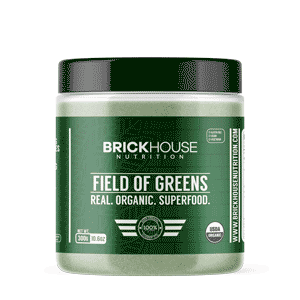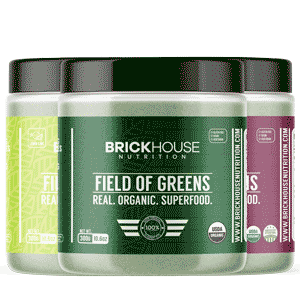Nutrition plays such a critical role in supporting optimal wellness and helping us reach our health and fitness goals. But, it can be challenging to know what's actually considered “healthy” and what’s not. With so many fad diets and different ways of eating, things can get confusing.
To help clear the air, we’re breaking down the difference between fats, carbs, and calories and sharing all the details on the good, the bad, and the ugly, so you know what a balanced diet looks like.

